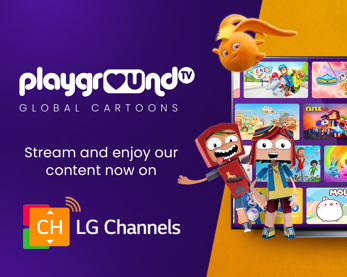By Jesse Shemen, CEO & Co-Founder Papercup.
FAST has been on an undeniable streak. The likes of Pluto, Samsung TV Plus and Roku have $1b run rate and we’re only seeing impressive growth from other players (e.g. Vizio just landed $200m in advertising commitments).

The surge in demand is thanks to subscription fatigue (I could have sworn I canceled HBO and NBA League Pass the other month), cord-cutting, and an economy that is struggling to stabilize. That means AVOD, in particular FAST, has amassed enormous viewership in a matter of months.
The thing is – I don’t think FAST catapulted to where it is now solely because people needed content on the cheap. People largely became enthused by FAST because of the type of viewing experience it offered, not necessarily because of the quality of content it showcased. FAST replicates the laid-back viewing experience that traditional cable offered – a linear/scheduled list of channels that don’t require a viewer to be so intentional or selective about what to watch. It’s effortless TV – jump onto Pluto.tv or open Samsung TV Plus on your TV and you have a plethora of channels to flick through while making dinner or entertaining the kids (I lose the channel battle each time). You don’t have to invest the seemingly futile effort to find the singular show on Netflix that will entertain you. Instead, you can enjoy TV passively.
That’s why I’m surprised by the trend we’re seeing – the FAST platforms are committing to upgrading their content slates – whether that be in the form of exclusives, originals or licensing premium TV from the major studios. To me that reaction partially misses the point of why people were drawn to FAST in the first place – it is down to the viewer experience rather than solely the content itself. My concern is that the race to ‘upgrade’ content is never-ending – we might see the same uneconomical bidding wars for exclusive content we witnessed in the subscription world, which became untenable.
Remember, people still watch 3-5 hours of traditional TV every day (depends who you ask). There are millions of viewers who can be swayed to migrate to the world of AVOD / FAST. I think it’s worthwhile to focus on what led to the initial rush to this novel viewer experience and avoid getting stuck in the perpetual content race (while still acknowledging that quality content matters).
Curious what others think – what am I missing here? Continue the dialogue on LinkedIn.

